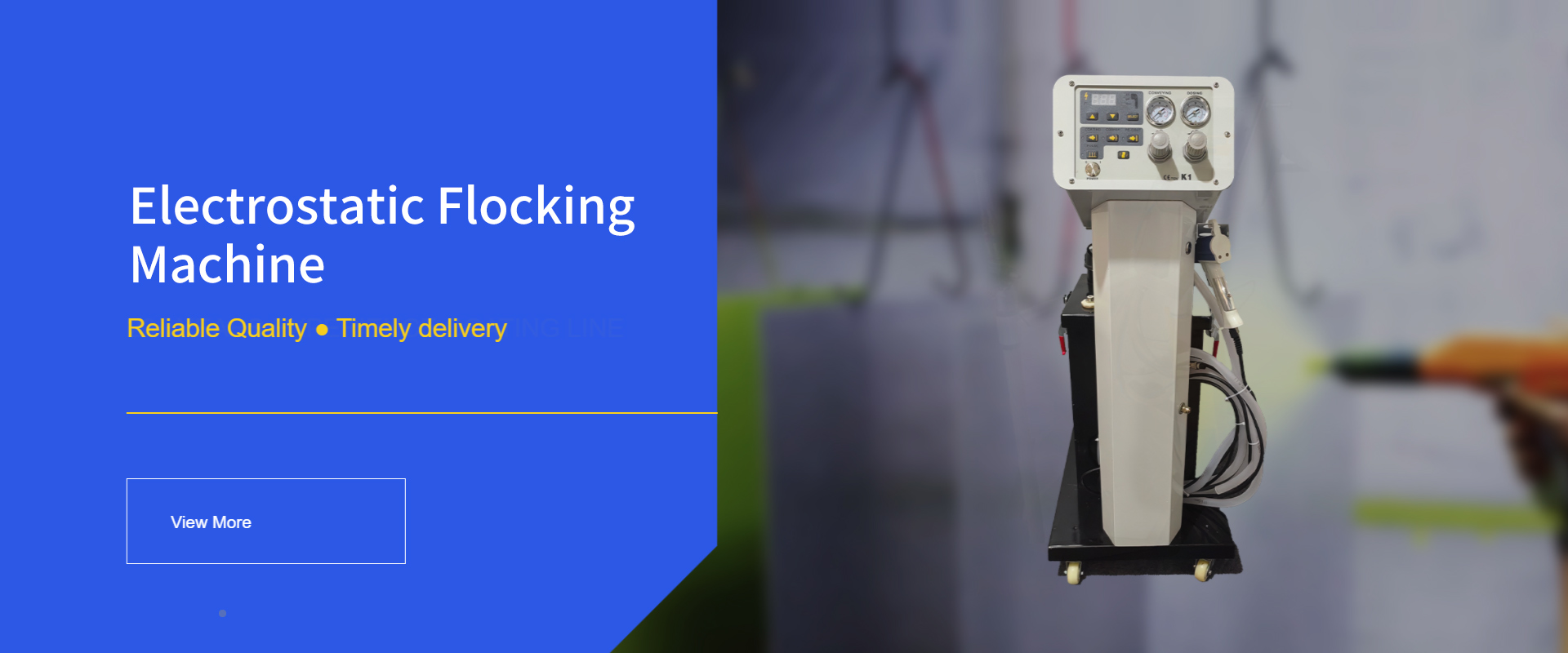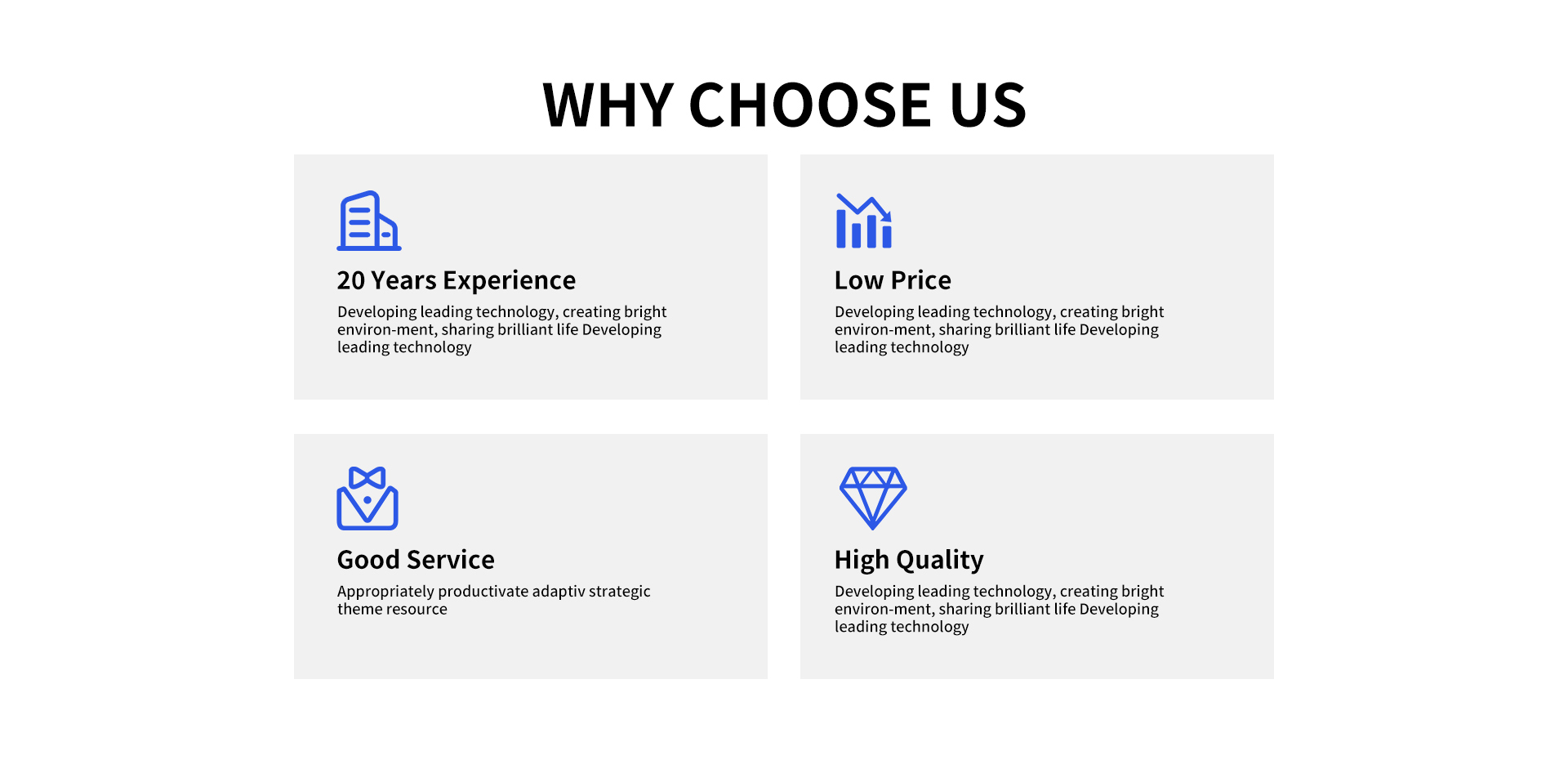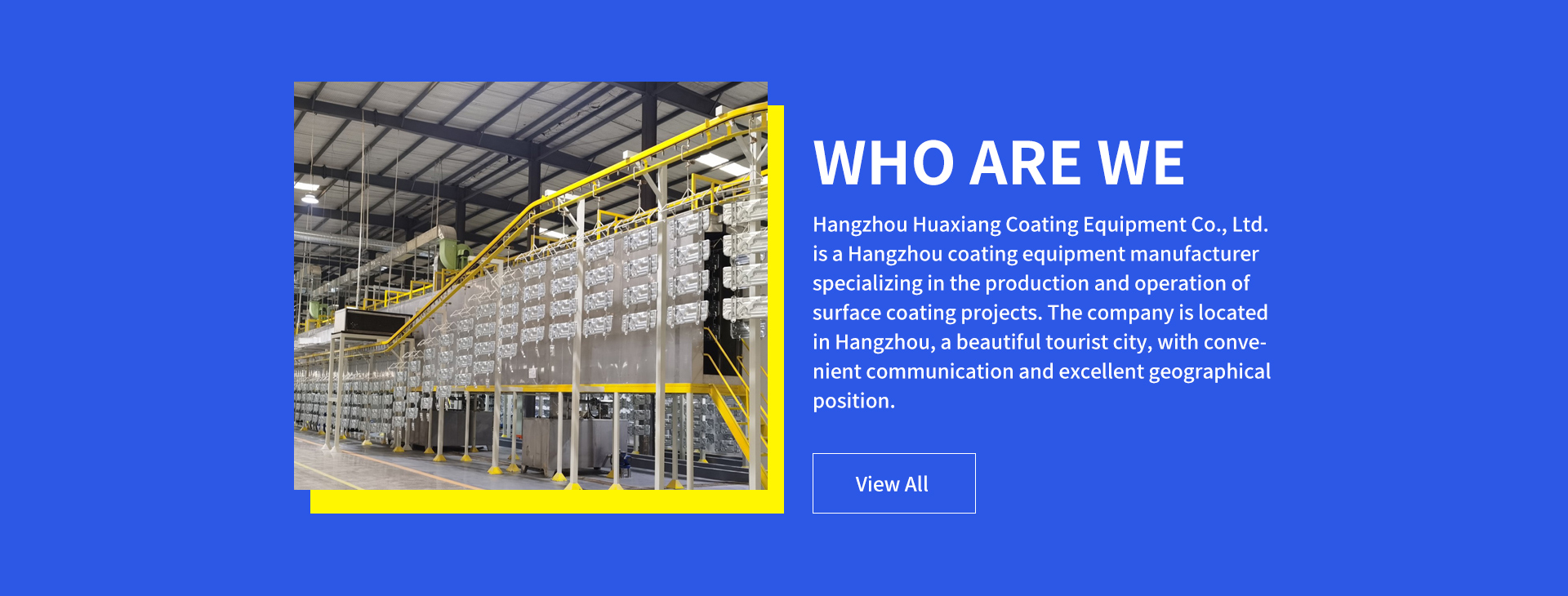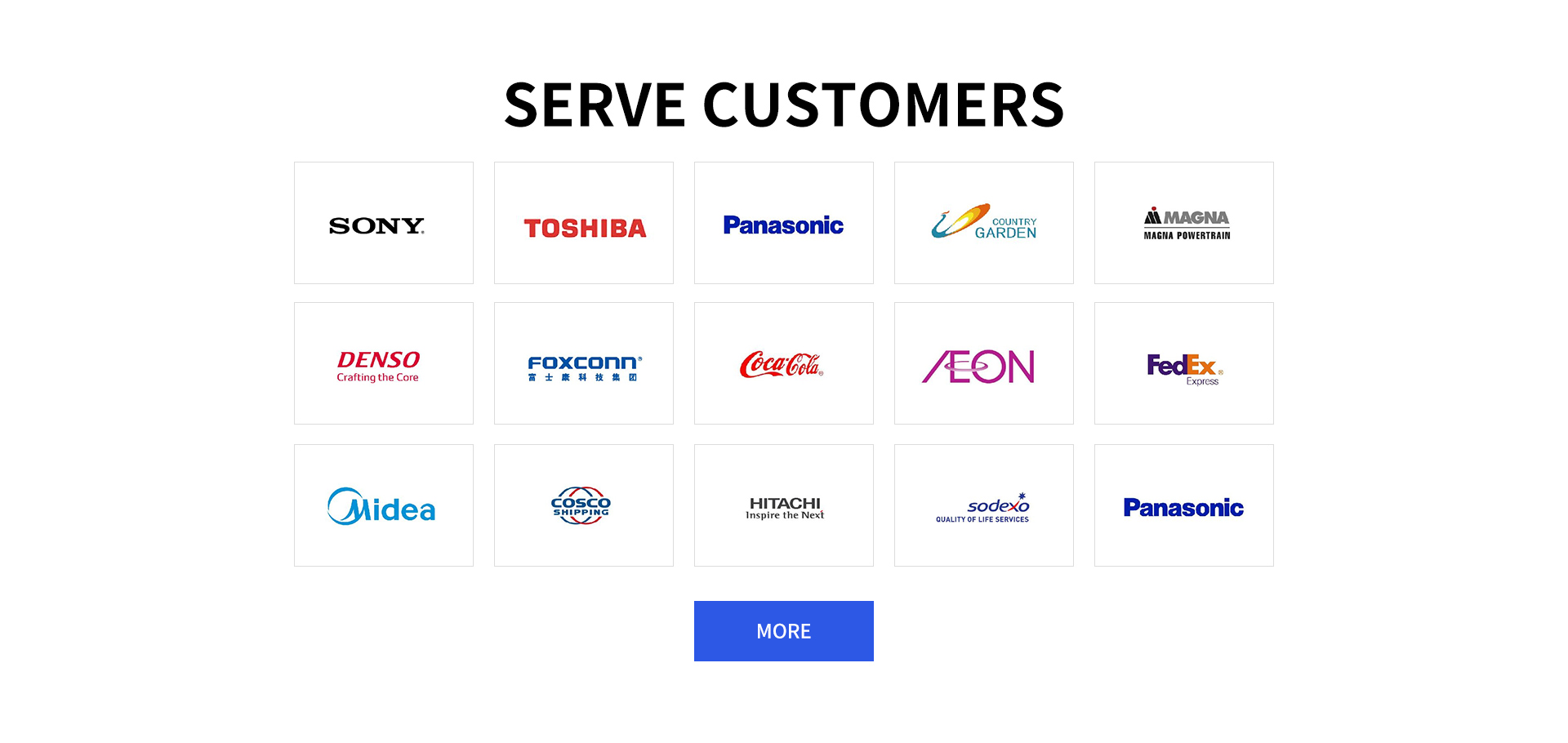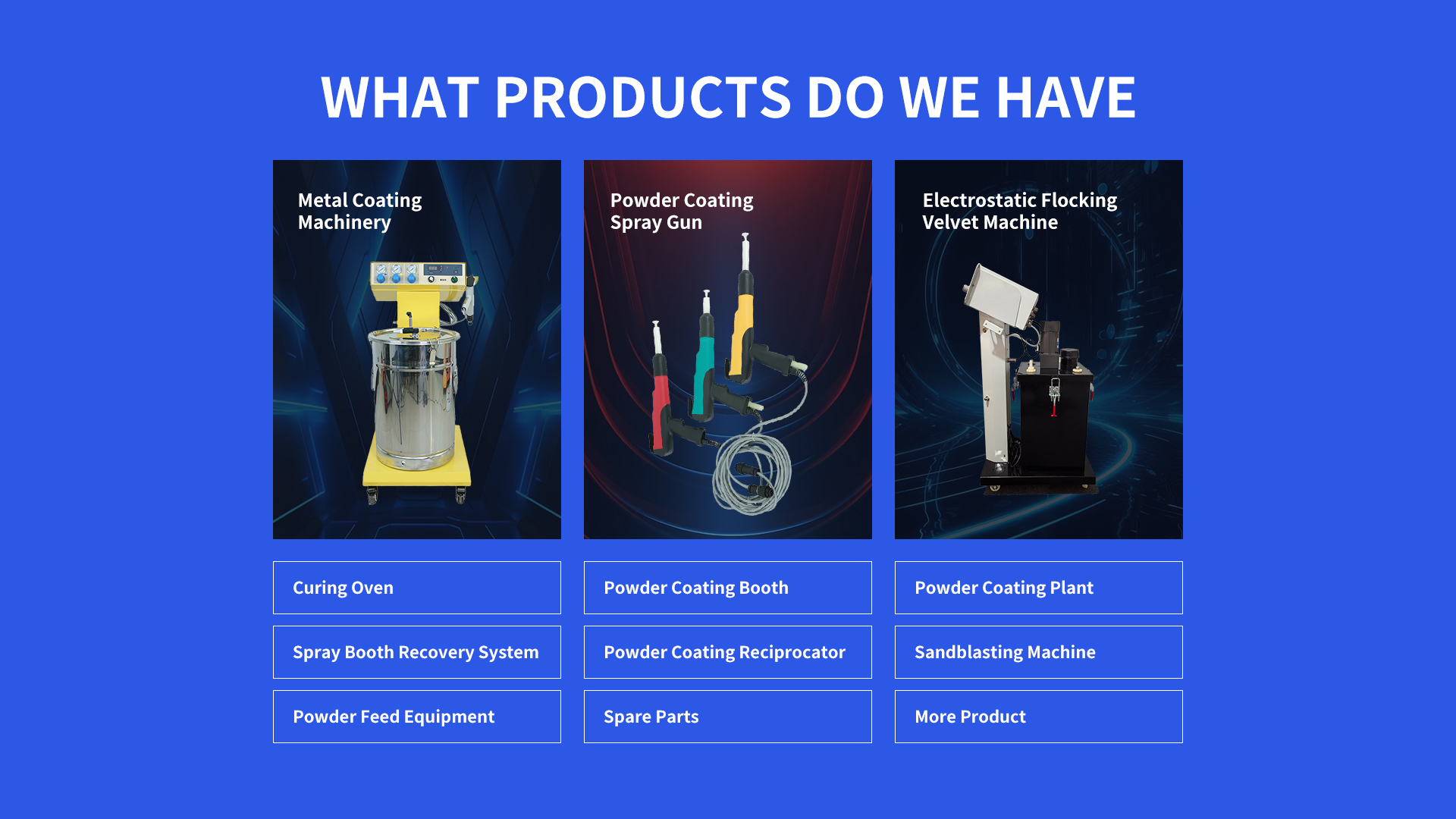Industrial Powder Coating Machine: A Consumer Guide
The market for Industrial Powder Coating Machines is driven by large-scale manufacturing and heavy industry needs. These machines serve sectors like automotive, aerospace, and construction. Prices range from (20,000 for mid-sized semi-automatic systems to over )200,000 for fully automated production lines, based on capacity, speed, and technology.
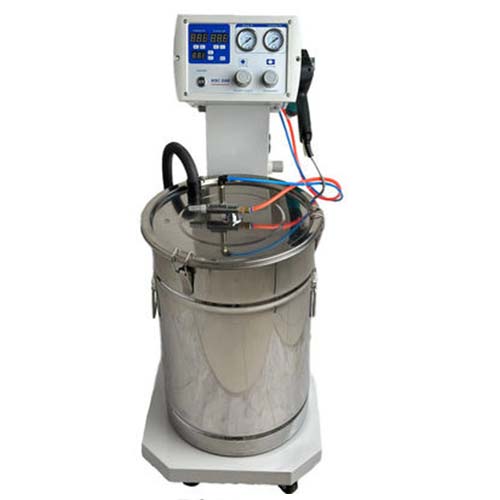
Industrial Powder Coating Machine Application in Painting Projects
Industrial Powder Coating Machines handle large-scale painting projects. In automotive manufacturing, they coat entire car bodies and components, ensuring uniform, durable finishes resistant to wear. Aerospace industries use them for coating aircraft parts, meeting strict safety and performance standards. Construction equipment manufacturers rely on these machines to coat bulldozers, cranes, and steel structures, protecting against corrosion in harsh environments. They also work for coating appliances, industrial tools, and metal furniture in bulk production.
Industrial Powder Coating Machine Surface Treatment Process Technology
Industrial Powder Coating Machines use advanced surface treatment technology. The process starts with automated cleaning—alkaline degreasing, water rinsing, and phosphate conversion—to prepare surfaces. Robotic arms then apply electrostatically charged powder, with precision nozzles ensuring even coverage on complex shapes. Curing ovens with infrared heating maintain temperatures between 180-220°C, with conveyor systems moving parts through controlled zones. Integrated sensors monitor coating thickness and quality, adjusting parameters in real-time to minimize defects.
Industrial Powder Coating Machine: What Is It?
An
Industrial Powder Coating Machine is a high-capacity system designed for mass production powder coating. It combines automated components like conveyors, robotic sprayers, and large curing ovens to handle continuous or batch processing. These machines work with metals, composites, and high-performance materials, applying powder coatings via electrostatic methods. They feature programmable controls for different coating recipes, enabling quick changes between products while maintaining consistency.
Industrial Powder Coating Machine Components
Automated Conveyor System: Moves parts through the coating process—pre-treatment, spraying, and curing. Belt or overhead conveyors adjust speed (1-5 meters per minute) to match production demands, ensuring each part spends optimal time in each stage.
Robotic Spray Booth: Houses multiple electrostatic spray guns mounted on robotic arms. The arms follow pre-programmed paths, adapting to part geometries using 3D scanning. Guns adjust powder flow and charge levels automatically, covering large or intricate surfaces uniformly.
High-Volume Curing Oven: A large chamber with heating elements and insulation to maintain precise temperatures. Ovens may have separate zones for pre-heating, curing, and cooling, accommodating different powder types. They integrate with conveyors to process parts continuously, with capacities up to thousands of units per hour.
Industrial Powder Coating Machine Advantages
High Productivity: These machines process hundreds to thousands of parts daily, meeting large-scale production demands. Automated systems reduce cycle times, maximizing output for high-volume industries.
Consistent Quality: Robotic application and controlled curing eliminate human error, ensuring every part has uniform coating thickness and finish. This meets strict industry standards for durability and appearance.
Cost Efficiency: Automated powder recovery systems reuse overspray (up to 95%), reducing material waste. High throughput lowers per-unit coating costs, making large-scale production economically viable.
Versatility: They handle diverse part sizes—from small hardware to large machinery. Programmable settings allow quick switches between powder types (epoxy, polyester, hybrid) and colors, supporting flexible production.
Industrial Powder Coating Machine FAQ
How to Choose the Right Industrial Powder Coating Machine for Automotive Production?
Prioritize machines with high throughput (500+ parts per hour) and automated conveyor systems. Look for robotic spray booths with 6+ axes for complex car parts. Ensure the curing oven handles large components (up to 5 meters) and maintains ±2°C temperature precision. Check compatibility with automotive-grade powders (e.g., TGIC-free polyester). Opt for systems with integrated quality control cameras to detect defects. Budget (100,000-)200,000 for suitable automotive production machines.
How to Program an Industrial Powder Coating Machine for Batch Processing?
Access the machine’s control panel and select "batch mode." Input part dimensions, powder type, and desired thickness. Program conveyor speed (e.g., 2 m/min) and spray gun parameters (voltage, flow rate). Set oven temperature (180°C for polyester) and curing time (20 minutes). Save the recipe for future use. Test with a small batch, adjusting settings if coating thickness varies. Calibrate sensors monthly to maintain accuracy.
How to Ensure Safety When Operating an Industrial Powder Coating Machine?
Install the machine in a well-ventilated area with explosion-proof lighting. Equip spray booths with fire suppression systems and powder dust monitors. Train operators to wear respirators, heat-resistant gloves, and flame-retardant clothing. Ensure emergency stop buttons are accessible along the conveyor. Regularly inspect electrical systems and grounding to prevent electrostatic hazards. Follow lockout/tagout procedures during maintenance.
How to Maintain an Industrial Powder Coating Machine for Peak Performance?
Clean spray gun nozzles daily to prevent clogs. Empty and filter powder recovery systems weekly to remove contaminants. Inspect conveyor belts for wear monthly, replacing if damaged. Calibrate oven thermocouples quarterly to ensure temperature accuracy. Lubricate robotic arm joints every 500 hours of operation. Schedule annual overhauls of electrical components and sensors to prevent breakdowns.
How to Troubleshoot Coating Thickness Issues with an Industrial Powder Coating Machine?
If coatings are too thick, reduce powder flow rate in the control panel or increase conveyor speed. For thin spots, check for clogged nozzles or low electrostatic charge—clean guns or adjust voltage. Ensure parts are properly grounded; loose connections cause uneven adhesion. Verify oven temperature—too high can thin coatings. Use the machine’s thickness sensors to map problem areas, adjusting robotic spray paths if parts have complex geometries.
Statement: Hangzhou Huaxiang Coating Equipment Co., Ltd Chinese Powder Coating Equipment facturers provide you with customized equipment for various types of Powder Coating Lines, Powder Coating Ovens, Powder Coating Booths,Powder Coating Guns, etc. For inquiries! Contact us at
Email: gezx@cncolourspray.com
WhatsApp: +86 13335812068

